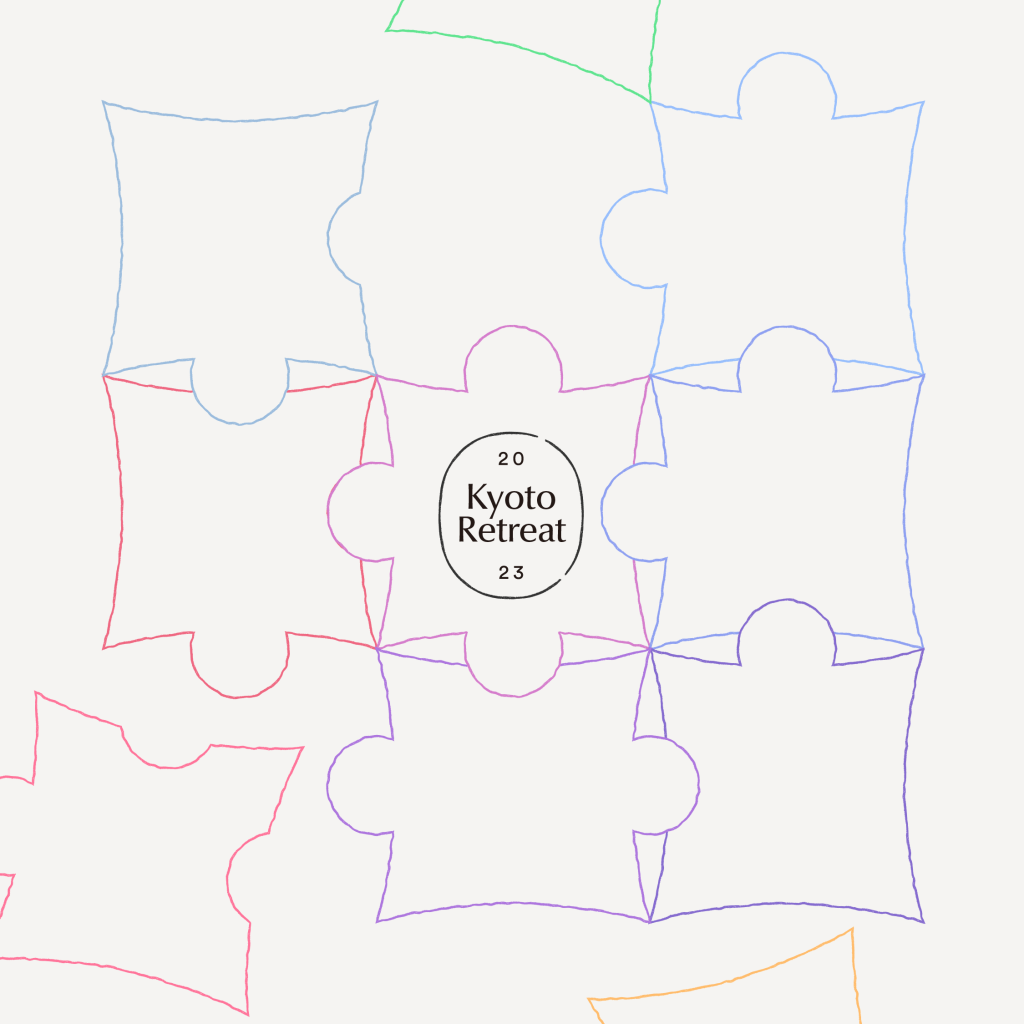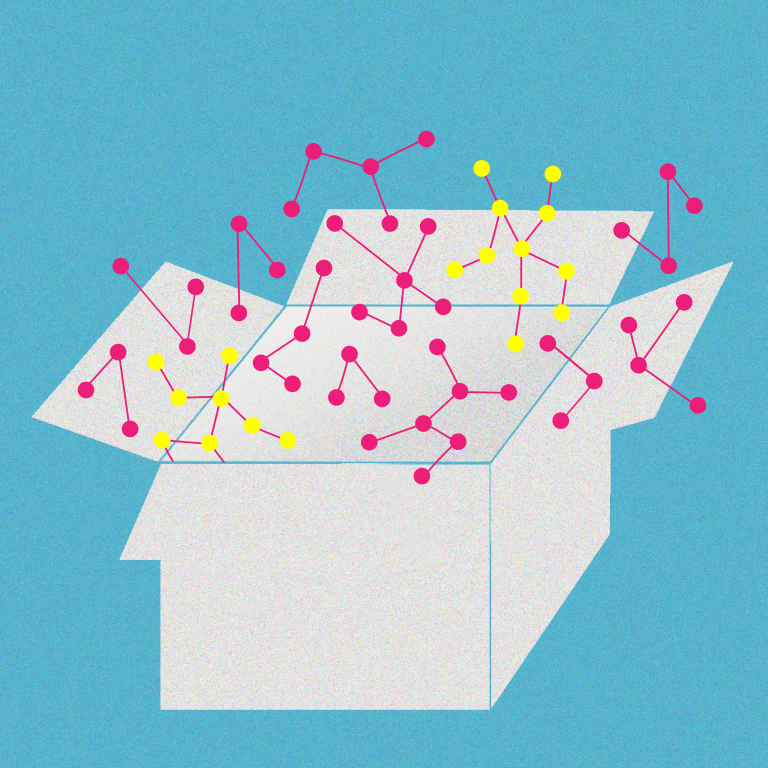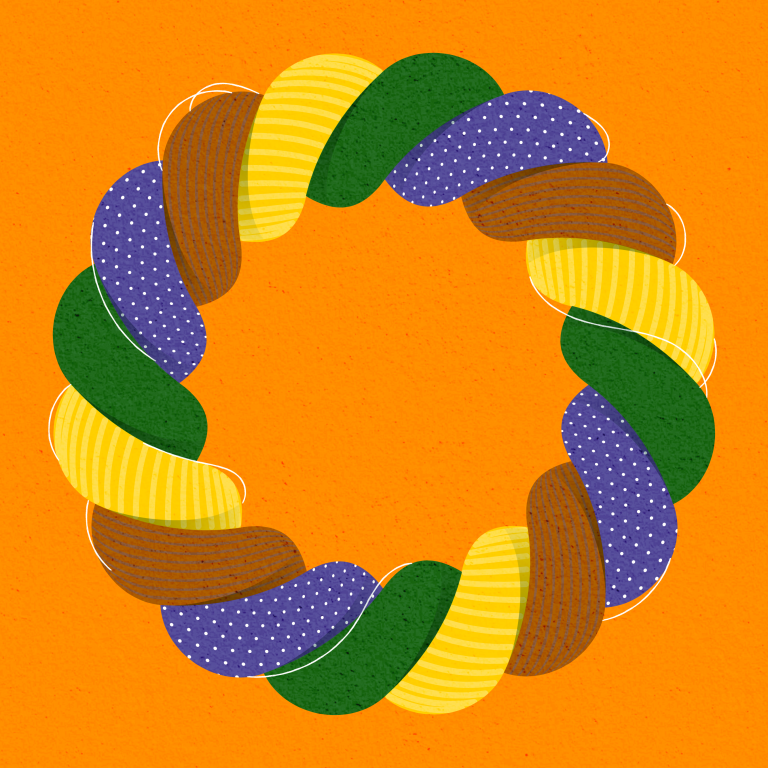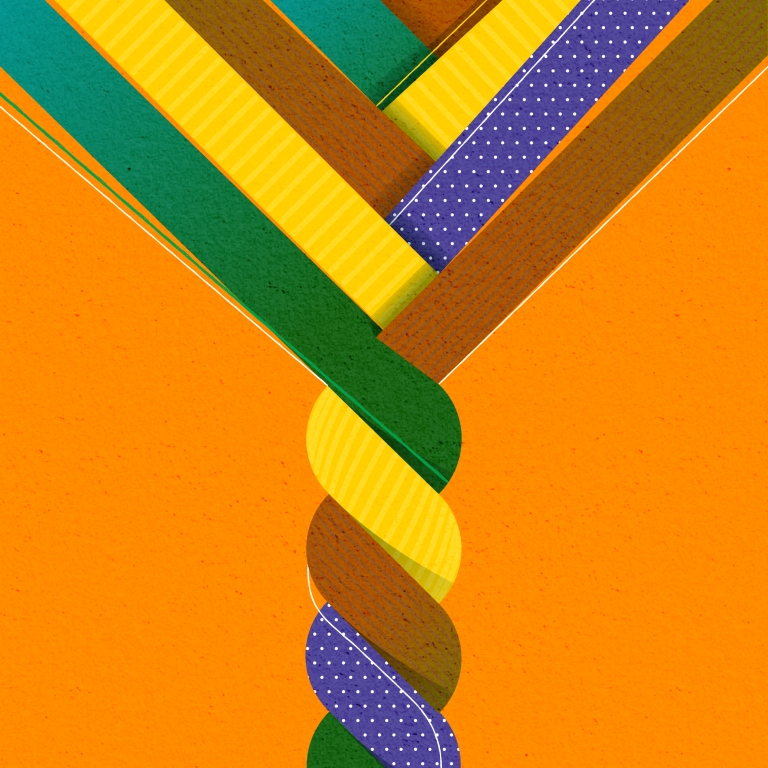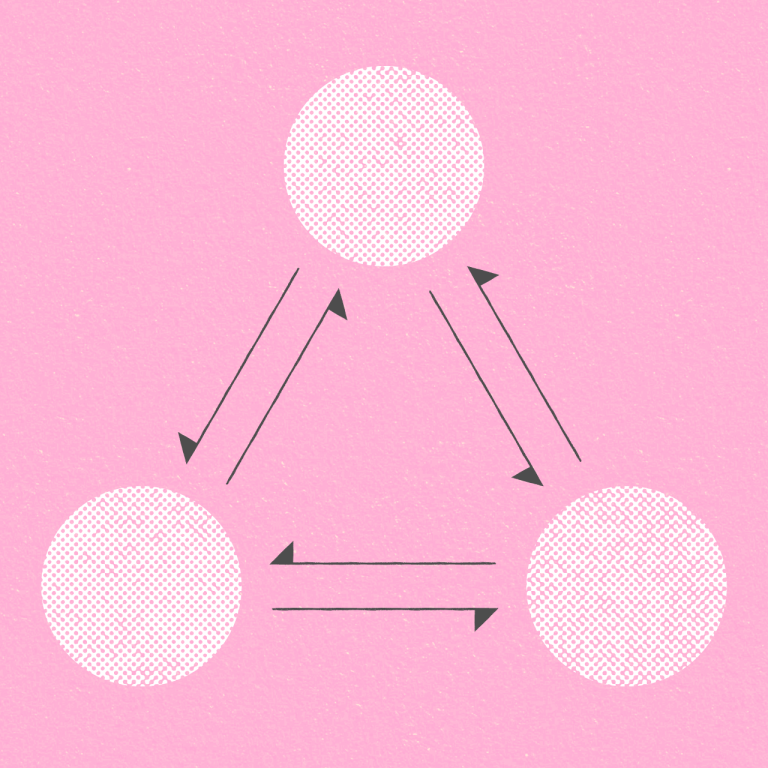One of my challenges in running the Digital Architecture Lab (DAL) is building a team with shared values and understanding. We have 15 individuals working from Tokyo, Seoul, Aomori, the US, or living a digital nomad life, from five nationalities working on various projects. Opportunities for interaction had been limited since many of them were working online remotely. Rarely did we have opportunities for casual chit-chats not related to work, as the online working environment did not allow time to mingle naturally before and after the meeting. We also observed some instances when misunderstandings arose due to tone of voice. The lack of communication and unity meant that our core identities as a team were not shared by our team members who had little time outside their everyday tasks.
Thus in April, Joi and I decided to host an offline retreat in Kyoto. We had two goals in mind: 1) to foster a better understanding amongst our team members, and 2) to share DAL’s philosophy and brainstorm how we could transform our visions into tangible ideas that can create an architectural shift. As this was our first gathering as a full team, I wanted to ensure this was a chance for the team to embrace and ‘experience’ the DAL’s slogan, “designing the new digital sensibility.” I thought the retreat needed to have different elements such a workshop, time for awareness, casual bonding moments and self-care.
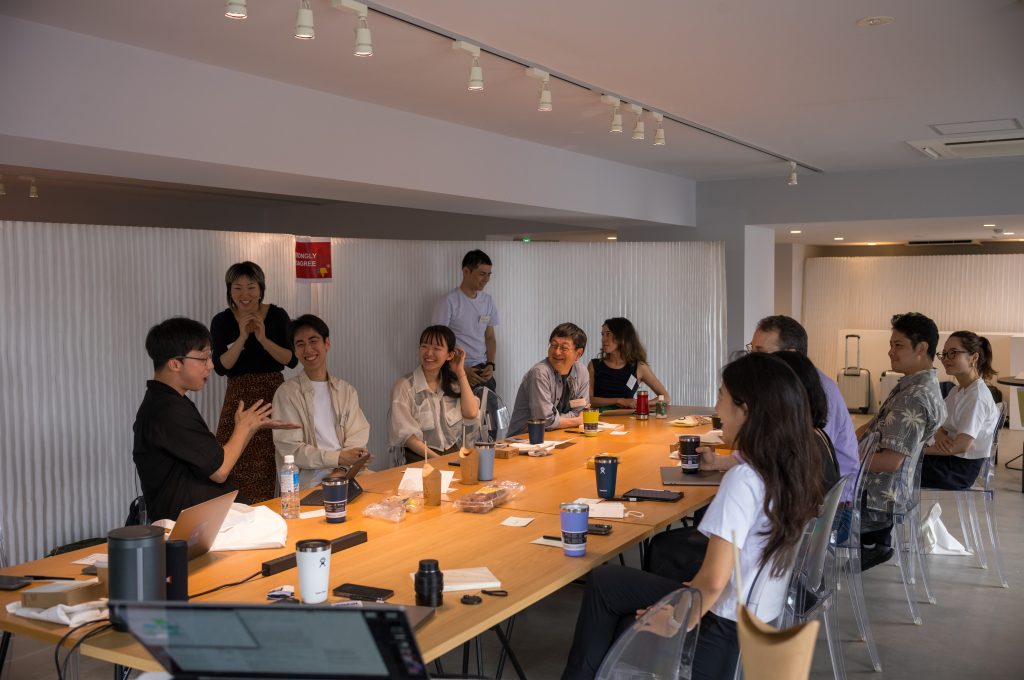
I believe these issues with team building will resonate with a lot of people around the world in a time when remote work has become part of the norm. So in this article, I am going to give an overview of our workshop’s design, and elaborate on our intentions behind the structure and the outcomes. I hope this reflection can provide you with some insights on how to design an in-person retreat for companies or teams.
How we designed the workshop

Part of the DAL ethos is built around the concept of “space” that our diverse team belongs to. We have people from various backgrounds, ranging from members who advocate probabilistic programs to those who would not associate themselves with technology. And I believe that with each unique story combined, “we” can become a powerful narrative when we come together as a team. I wanted to emphasize that DAL thrives on the diversity of its people and their personal stories, and it was my intention to create the physical embodiment of a “space” where each member feels genuinely valued for simply being who they are.
Consequently, the aim of the workshop was to help our members experience what it’s like to be a part of a team built on their personal narratives, and use that to shape our missions. Michelle Huang, who runs Akiya DAO and is a fantastic community builder (and an incredibly charming person!) came around to help design and facilitate the workshop.

The workshop was 3 hours 30 min long and consisted of three parts (excluding the icebreaking): 1) exploration of self, 2) exploration of society, and 3) exploration of DAL. It was meant to be a natural progression, where each part builds upon the previous part for us to reach the desired outcome—a shared understanding of what we do and where we’re heading.
0) Ice breaker
Icebreaker: rock-paper-scissors. We started off each paired with one other person, then played the game with the stakes being that the loser had to cheer on the winner in the next round. I won ✌️
1) Exploration of self
The first breakout asked team members to pair off and engage in a series of discussions.
- Each participant engaged in three rounds of conversation with different partners. Our aim was to create an open dialogue to understand team members’ personal stories and what values they uphold. The topics were:
- What kind of traits do you admire and respect in others?
- What is a story of something that shifted your perspective in the world?
- What is your life philosophy?
- The participants were then asked to reflect upon the conversation and write down their three key values for self.
2) Exploration of Society
To build upon our personal stories, we turned our attention towards society, focusing on overarching societal values and current issues, specifically the positive and negative implications of technology because we are the Digital Architecture ab.
We started the exploration of society with Joseph, our content lead, delivering a 5-minute talk on the importance of being aware of the technology that’s intertwined with our lives and how that is related to the “digital sensibility” we want to design.
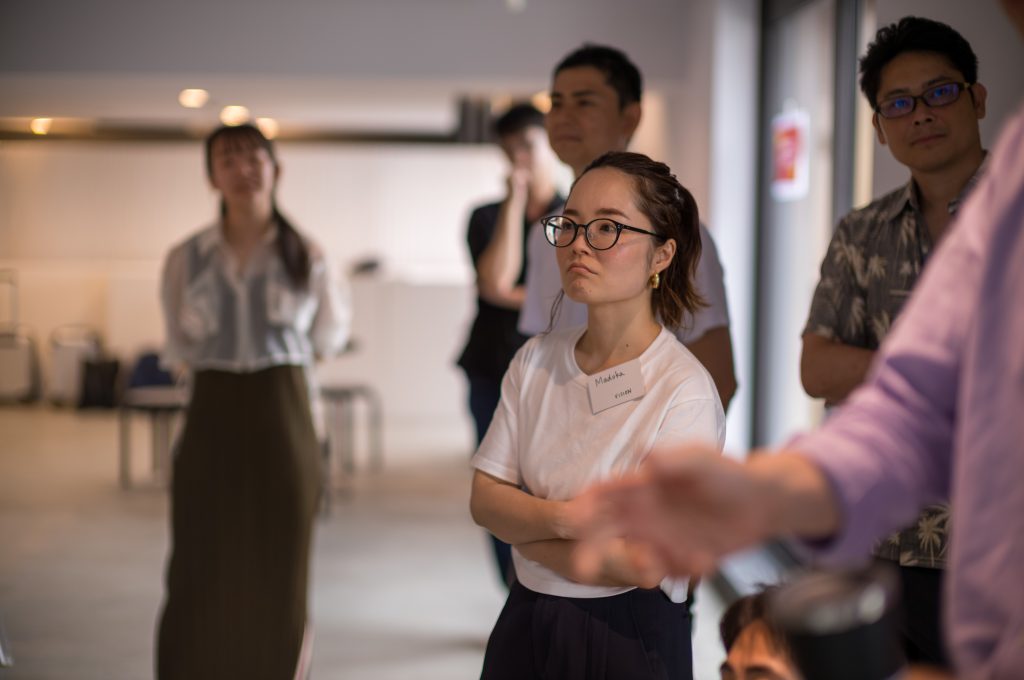
Then we dived into the second breakout session:
- We posted on the wall three categories – strongly disagree, neutral, and strongly agree and asked team members to move towards a statement that most closely reflected their opinion on each issue.
- Individuals at the two opposing ends initiated the discussion, delivering their perspectives on the issue.
- The rest of the group listened, and as the conversation developed, team members were encouraged to adjust their position based on the new insights they might have gained.
For the purposes of the session, we deliberately chose potentially divisive topics such as
- We should replace as much workforce as we can with AI.
- It is acceptable to sacrifice some privacy for enhanced security measures, such as increased surveillance or data collections.
- Governments should have the power to shut down the internet or limit access during times of political unrest or crisis.
- It is ethical to use neuro-technology to enhance human capabilities beyond their natural limits.
- Should AI systems have rights or legal personhood if they reach a certain level of consciousness or intelligence?
- Should social media platforms be held accountable for the mental health effects they have on their users?
- Before closing, the participants were again asked to write down three key values, but this time related to society.

We provided a diagram with two large circles representing “value of self” and “value of society,” and asked each participants to place their values on it.
5. Participants were asked to mark the places where their values for self and society overlapped. This was to help members see which of their personal values align with their expectations of society, and which do not.
3) Exploration of DAL
So now that we’d identified some of our values related to self and society, we were ready to translate these into actionable DAL goals. How can we contribute with our individual values and the newly found perspectives? How can we reflect the DAL ethos in the tangible outcomes we create as a team? With these questions in mind, we engaged in the following exercises:
- We asked 4 questions
- What kind of initiatives and projects should DALab undertake next?
- What should be DALab’s greatest priority and its message to the world?
- What idea would you most like to see in terms of content or podcasts?
- How can we bring our digital sensibility to the world? What is our sensibility?
- Everyone wrote their answers on post-its and put them on the relevant section on the whiteboard
- Each person then cast a vote by placing start stickers on the best ideas that they think should be prioritzed.
This was an aha! moment, as we began to see the pieces coming together — how our individual values matter to society, and how these could be brought to life through DAL.
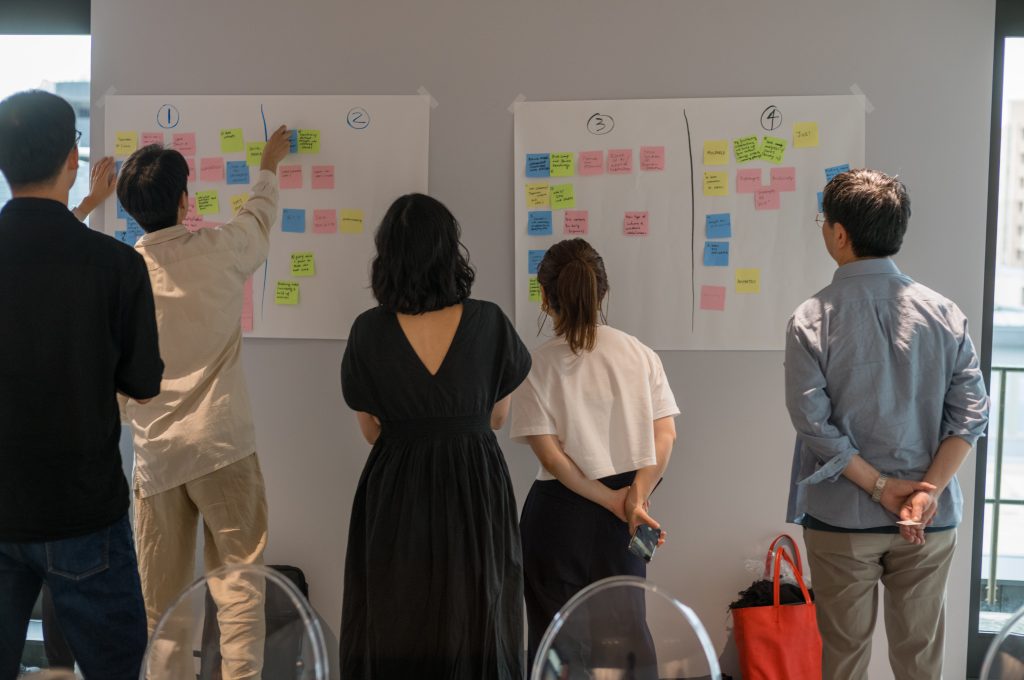
Looking at the whiteboard, several ideas stood out, such as organizing more in-person gatherings, creating more content, and setting OKRs to translate these ideas into actionable strategies. This is perhaps because we already have a wide range of ongoing projects that we are yet to showcase. Another common theme was the need for aesthetics in the world.
And that was the end of our Day 1 workshop!
Yoga – Mindfulness & importance of moving our body
Shunosuke Hiraoka, a yoga therapist, has been instructing me since last year. His approach to yoga is all about finding the right balance. When asked, “What should I do when I struggle to remember yoga poses?” he advised me to find the pose where I feel most relaxed, emphasising that it’s all about originality, personalization, and comfort. He has not only been training my core muscles but also my inner resilience.

Although our yoga levels varied, Shunosuke later told me that he was impressed by how “elite” our members are. He said he could see how well we knew when to “turn on and off” (which I presume he was referring to our ability to focus) and how effectively we could regulate our movements at our own pace.
Takeaways
Despite our distinct characteristics and personalities, I was happy to see our members forming a surprisingly well-bonded team. To my surprise we were also one of the loudest groups in the restaurants, which reminded me of the importance of fostering a fun environment within a team — such a space is often where creativity flourishes.
Being in Kyoto, reflecting on our values, playing rock-paper-scissors, practising yoga together, travelling, listening to the good old LP player, we felt relaxed and like we all belonged. We shared some serendipity and curiosity. One of our team members who travelled all the way from Seoul said the gathering helped him “regain the sense of teamship.”
This entire experience has greatly motivated me. We are now exploring how to bring the ideas from the retreat to life and translate them into meaningful action items. I also felt a stronger need for OKRs, so we can track how our values are being incorporated into our vision. Additionally, I want to spend more time transforming our Ebisu office into a more friendly, cozy area for casual gatherings and friendly chats.
For Digital Garage, I hope this retreat may shed light on the importance of investing more in employee welfare and happiness. Our employees should not be reduced to measures of productivity or efficiency. Their welfare should not only be valued to the extent that it increases their own productive capacity. We need a society that values individual well-being for its own sake. We are not mere resources, but should be recognized and respected as individuals with intrinsic value — I believe this message was not only delivered but also experienced by our participants at the retreat, which made me hope it could catalyse a larger ‘digitALL’ movement within DG.
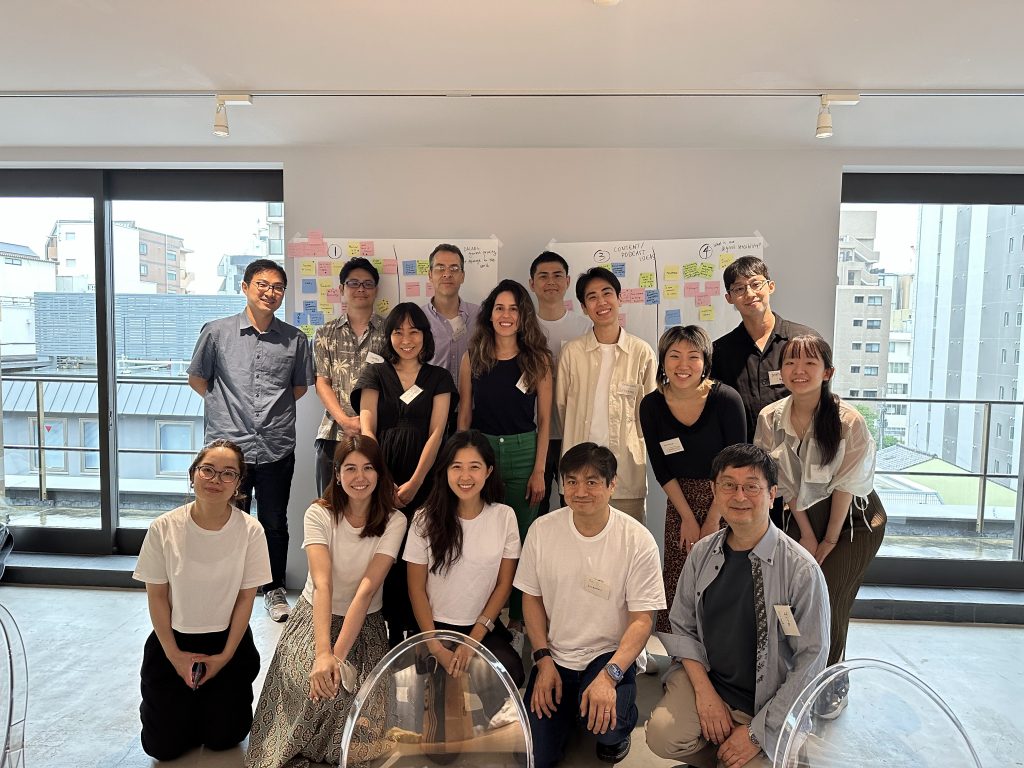
Last but not least, the retreat also reminded me of the importance of face-to-face interactions. There are humanistic values that can’t be digitalized!
Daum Kim is the Deputy Architect at DAL (daum@dalab.xyz)
Illustration: Soryung Seo
Edits: Janine Liberty & Joseph Park
